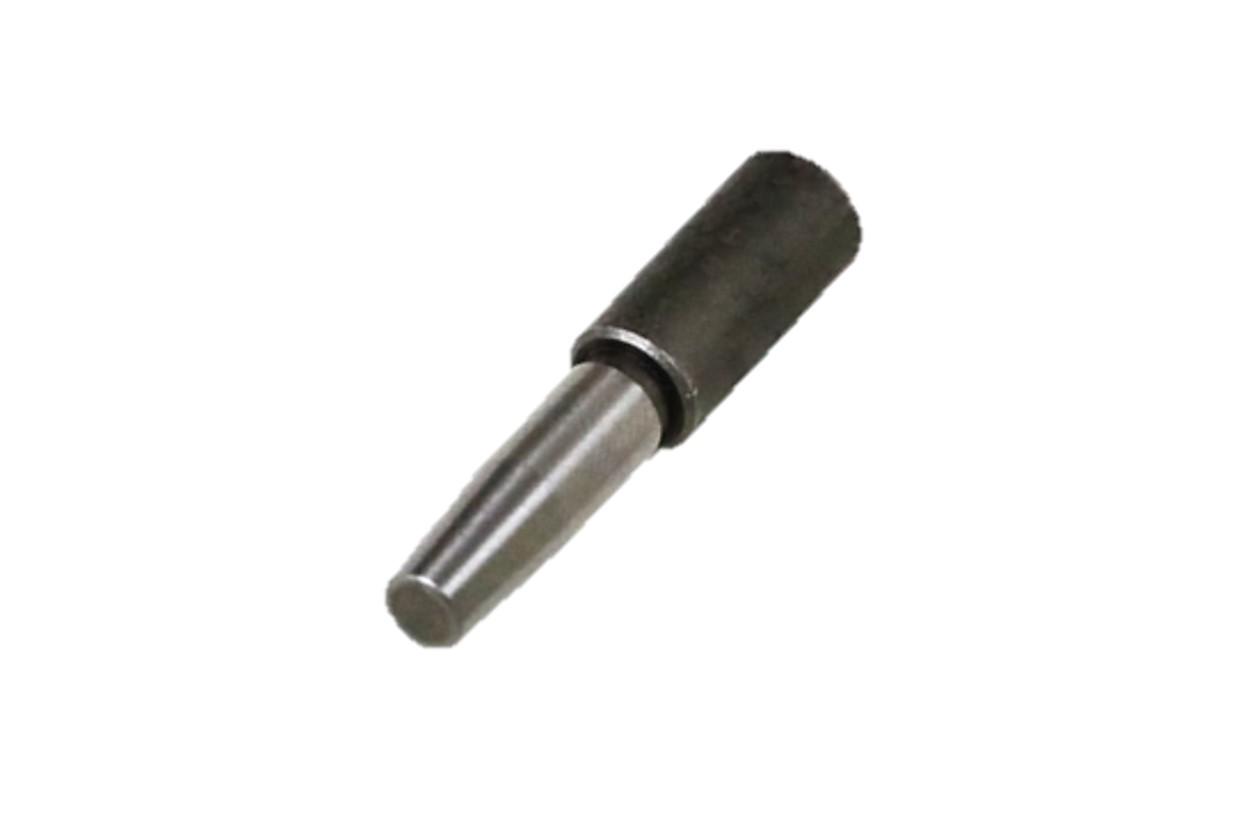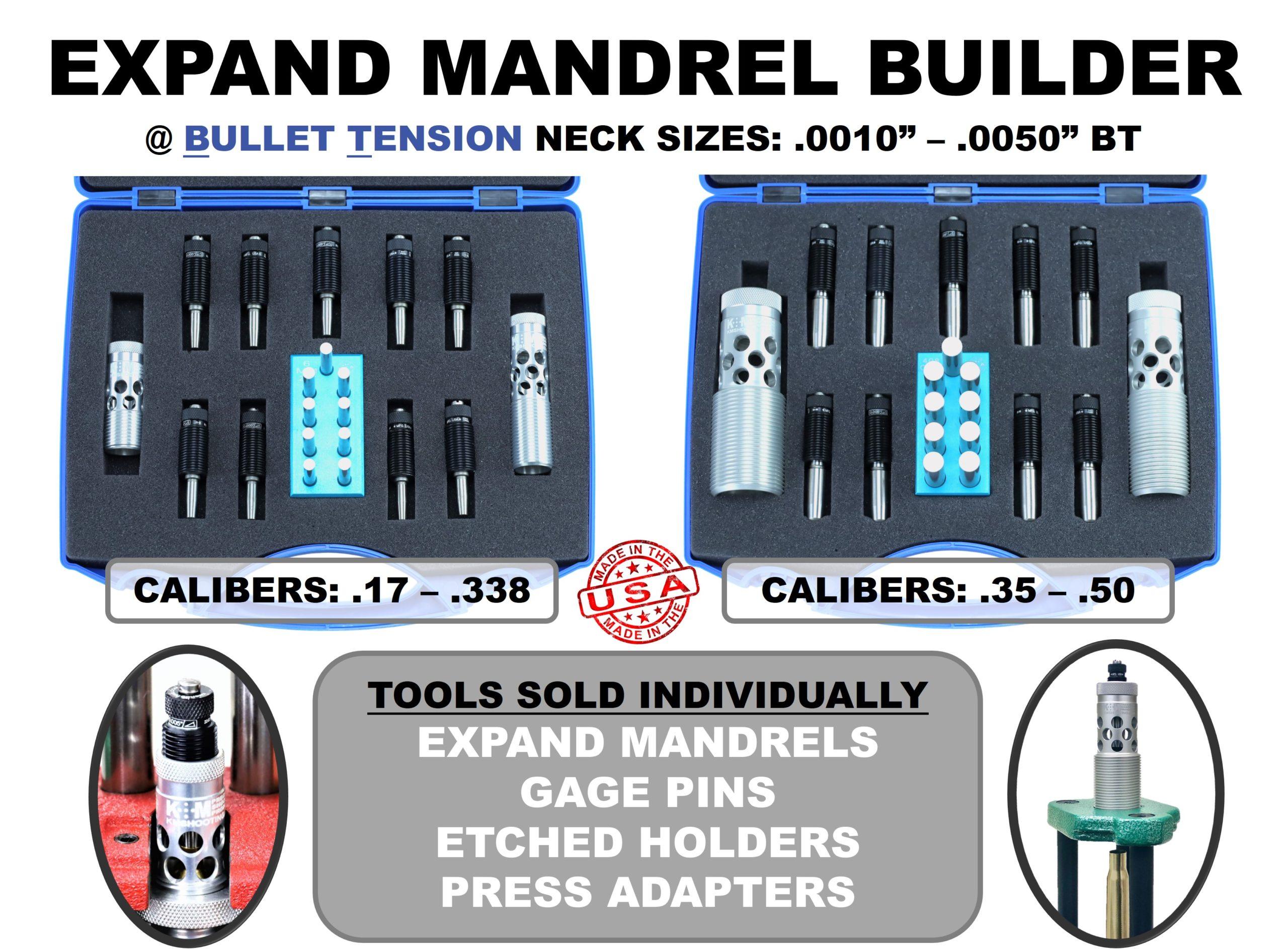I thought the point of using the bushing sizer was to remove the expander from the process
No, that's not it.
Neck expansion is important. You might see it as a 'Pre-Seating' action.
It drives thickness variance outward, away from seating bullets, and ideally it sets correct interference for seating bullets.
Expander mandrels provide better runout than expander buttons, as they don't pull necks out of whack.
Brass holds energy (all that we add). Anything holding energy seeks a lowest state of that energy.
We see this as spring back, which continues over time & opposite last energy added.
With this, it's better to have necks trying to spring back inward(against seated bullets), over time, than to have them freely spring back outward, reducing bullet grip, over time.
The purpose of bushings in neck sizing is to provide adjustment for correct downsizing amount and length. You can dial in perfection, and with a descent chamber and a plan, you can produce very low runout ammo with bushings.
Replace button expansion with a mandrel, and the right bushing, and runout drops even further, and neck tension will be consistent.
Most bushing dies provide partial neck sizing length, which is good because you should never size greater length than seated bullet bearing. And bullet bearing should never be seated FL of necks. You can finely tweak loads with length of bushing sizing, as this is your actual neck tension adjustment (not interference).
Perfect neck sizing would downsize fired necks for 1 to 1.5thou under cal interference(after spring back). The perfect mandrel expansion for pre-seating would be at cal (not under, not over). The mandrel would then expand thickness variance outward, with the rest of the neck minimally upsized (~1/2thou) as well.
On mandrel removal normal hardness necks would spring back inward ~1/2thou, ready for bullet seating.
This leaves full spring back force gripping seated bullet bearing times the area chosen (sizing length).
Those thinking more interference here equals more tension -are wrong. Seating bullets will just finish the job described, removing that excess interference.
Where things change dramatically is with actual FL sizing of necks, or with any sizing length greater than seated bearing. This leaves unexpanded interference binding against bearing-base junction of bullets, hugely increasing tension, and variance of it. Unless shooting an underbore that needs this to reach extreme pressure peaks, then don't ever do this. There is no 'good' in it,, only bad.
www.xxicsi.com



